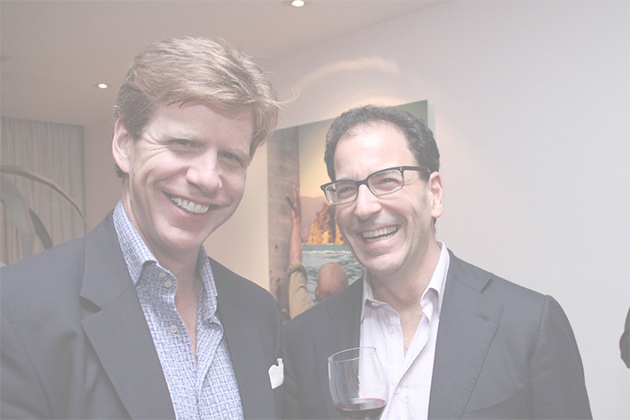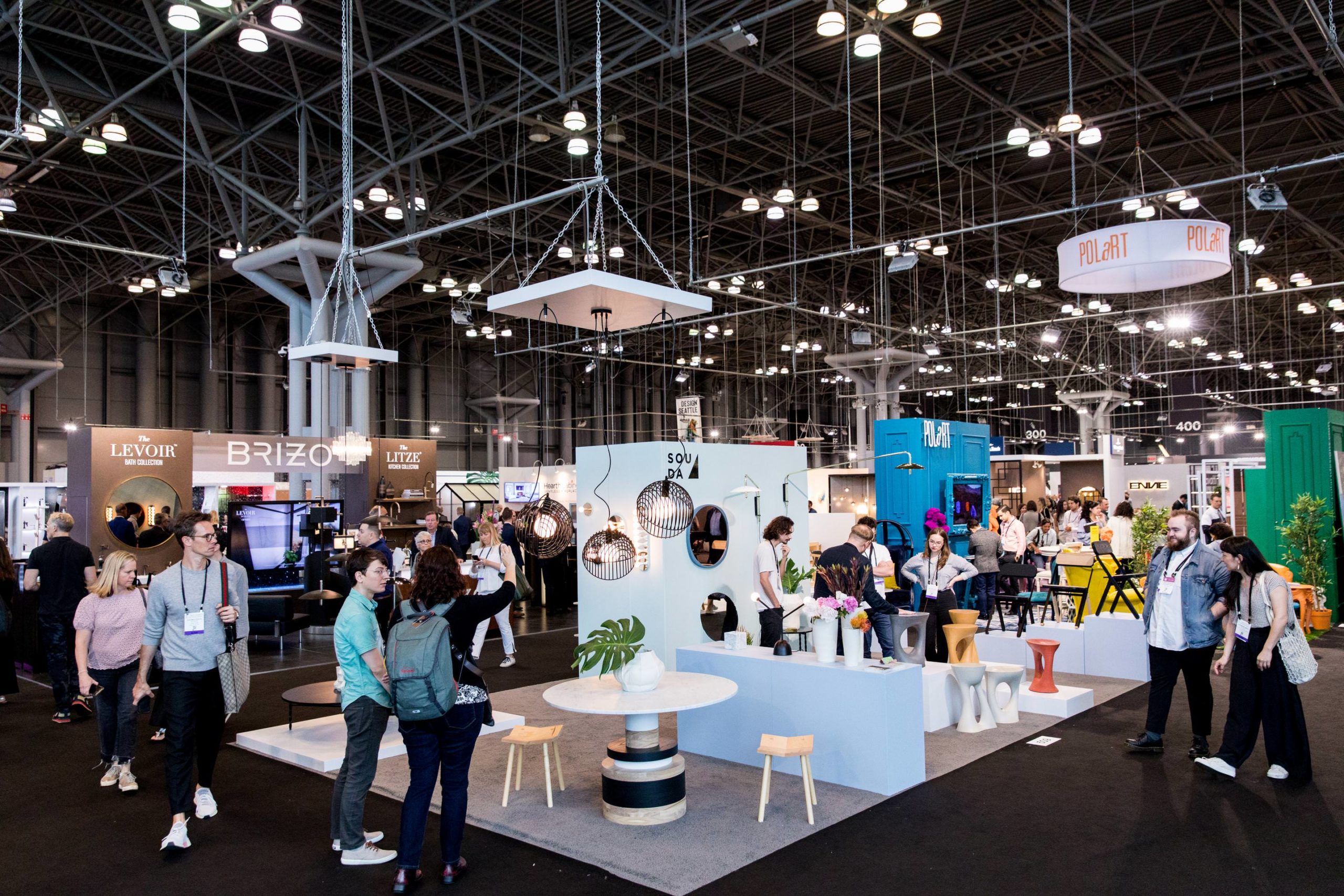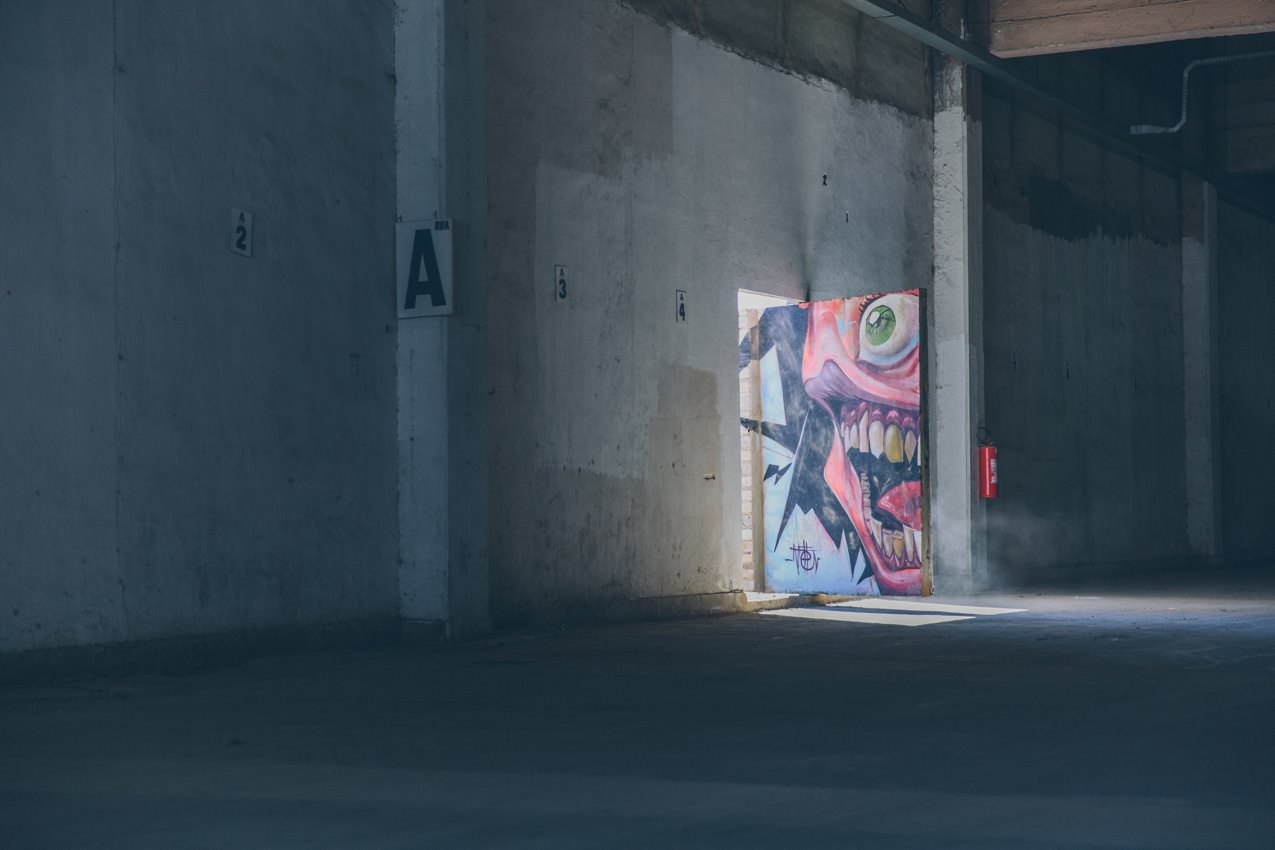Since 1951, when São Paulo inaugurated what has become the second oldest Biennial in the world, the city has been a bastion for modern and contemporary art. Now, over fifty years later, with the SP Arte fair bringing collectors from around the world to the city in April, and the country’s political battles intensifying, it is a very exciting moment for art in Sao Paulo.
I landed in the city earlier this March to a flurry of yellow and green, with anti-government demonstrators flooding Avenida Paulista to protest the corruption scandals that have arisen in President Dilma Rousseff’s administration. The mood was light and cheerful though, with parents holding kids on their shoulders, waving flags and shouting chants of “Dilma Out” as the side streets overflowed with families stopping for lunch, and popping into the shops of Jardins, one of São Paulo’s chicest neighborhoods.
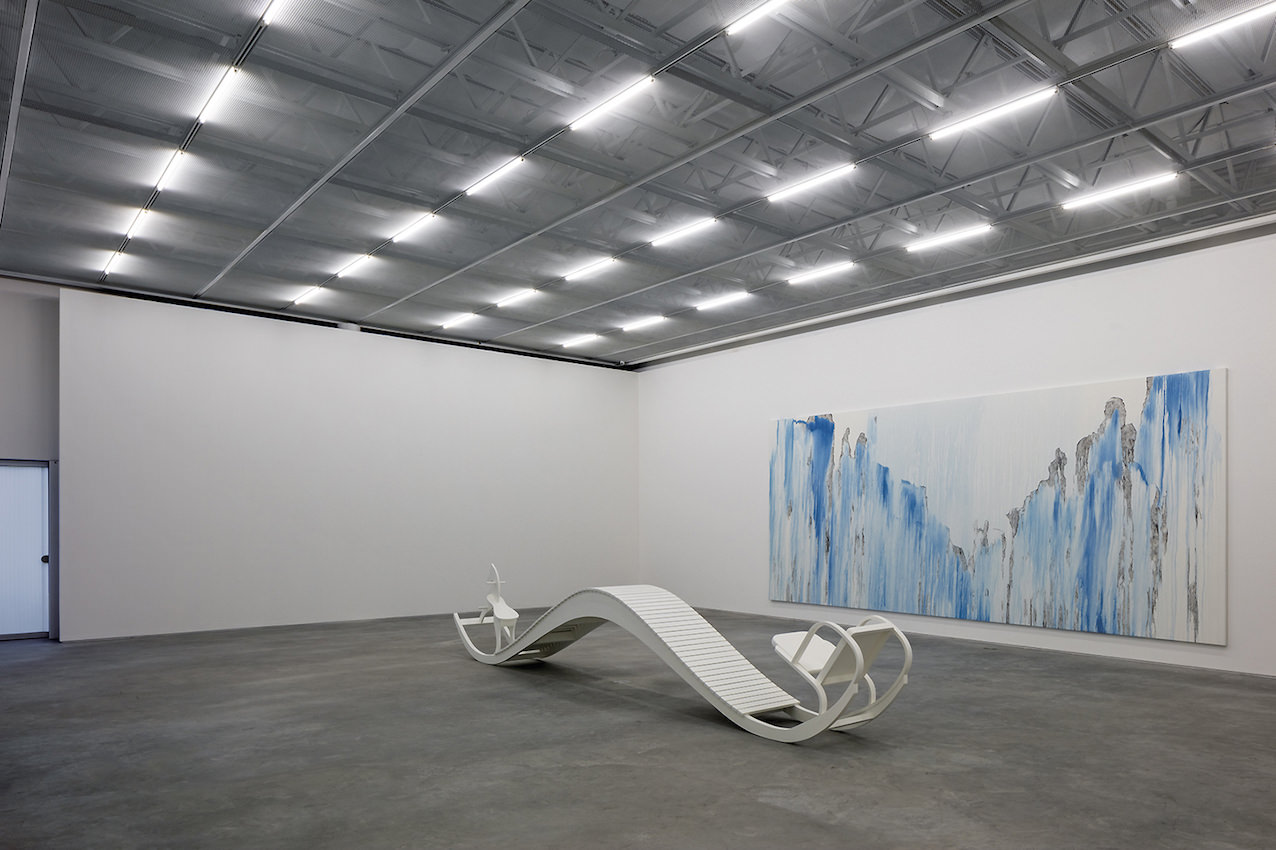
Sandra Cinto at Casa Triângulo
Walking around and visiting some of the neighborhood’s most prominent galleries the next day however, I got a slightly more nuanced read on the state of things. When I asked a young attendant in a gallery on the posh Avenida Estados Unidos if she had been at the protests the day before, she said, “Of course not, I stayed far away,” alluding to the conservative opposition that many young people are not as interested in joining, despite their own frustrations with the rampant corruption in the current left wing government. This opposition demonstrates perfectly the interesting dynamic in the city, which is historically very wealthy and conservative, but has also become home to artists and creative who seek a platform for more progressive ideas.
Just two days after the protests, the opening of Zed Nesti’s latest show “Pra Ingles Ver,” at Bolsa de Arte in the trendy Vila Madalena neighborhood, definitely struck a chord with gallery-goers amid the current political climate that has been heating up in the city. Nesti works with a muted palette to create his large-scale paintings that draw upon sources from political, pop culture, kitsch, and historical references to create a survey of Brazilian culture that on the surface is crafted for outsiders as the title denotes, translating to For English Eyes, or Just for Show, but on further consideration, confronts the viewer with a more troubling history.
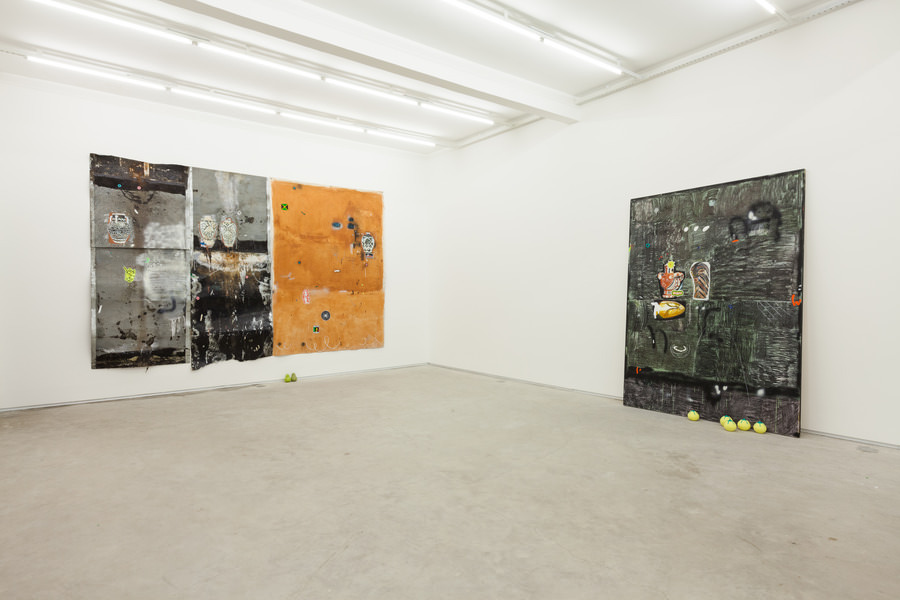
Paulo Nimer Pjota, “Synthesis between contradictory ideas and the plurality of the object as image” courtesy of Mendes Wood DM
Nesti takes works like Boys From Brazil (2015,) which depicts a chilling still from the 1978 film, and Geisel (2015), a sinister looking portrait of Ernesto Geisel, the penultimate president during Brazil’s military occupation, and juxtaposes them with more seemingly benign symbols, like super model Gisele Bündchen donning an indigenous headdress in Gisele (2015), or a the delicately rendered pinned butterflies in Souvenir (2015). But with a painting style that strips away the high-gloss colors and surfaces of the mass-media images he uses as sources, along with loose, almost impressionistic brush strokes, Nesti rebuilds these images in a more contemplative way, allowing the viewer to pull from this vast array of Brazilian symbolism, to hopefully, as the artist says, “use the past to confront this tumultuous present.”
Many other galleries seem to have politically oriented painting in their current programming, as well, such as Marcelo Amorin at Zipper Gallery, Sandra Cinto at Casa Triângulo, and Thiago Martins de Melo and Paulo Nimer Pjota at Mendes Wood DM. In light of his own painting show, I spoke with Nesti about how painting has become somewhat of a radical move in the contemporary São Poalo art scene, with conceptual art having taken precedence since modernism came to a close in the 1970s. But it seems this new, younger generation of artists is not painting for the sake of painting, but rather using painting as a vehicle to access the language of images, especially in how they relate to the cultural differences that are latent in Brazil’s diverse make-up, and now coming up for consideration in ways that have never quite been addressed before.
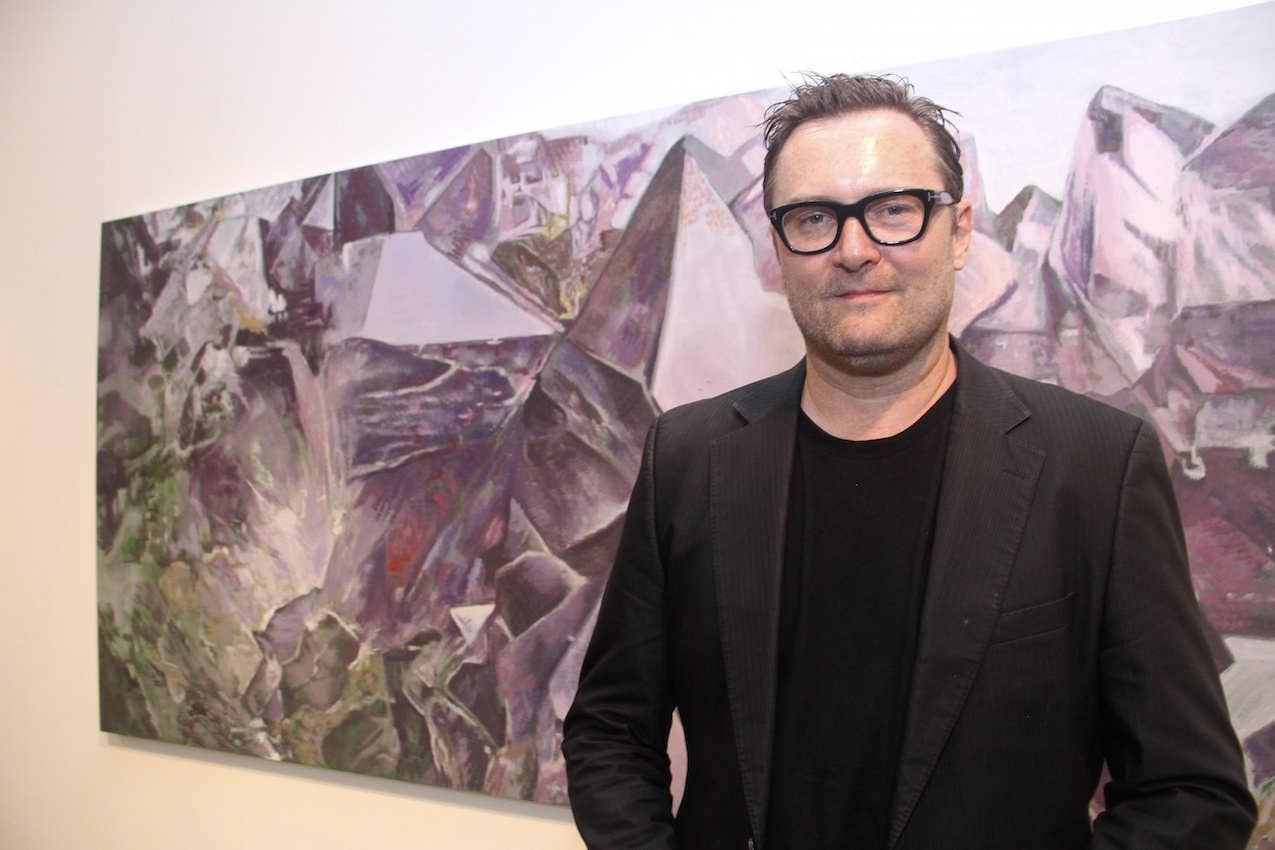
It is an exciting time, despite the political clashes, and inherent class struggles that arise in light of them. Within the art scene, that divide between the collector class and the artist class seems especially far apart, yet still as reliant on each other as ever to keep the market afloat, especially with SP Arte opening April 7th. I spoke with Luiz Roque, another artist on the Bolsa de Arte roster, whose video work focuses on issues of queer identity and international identity. He felt optimistic about this moment for art in São Paulo, saying that despite the pressures of the market, “the artist’s are still in charge,” they still have a voice in this political atmosphere, which gives them the chance to keep a critical eye on not only the government, but also the opposition and counter movements. And with the opening of SP Arte next week, these voices will soon have an international audience, giving viewers from around the world a chance to look in on this critical moment for Brazil.





